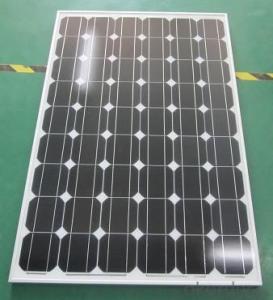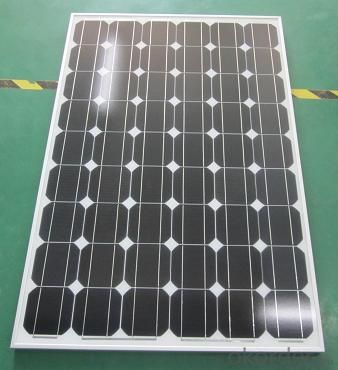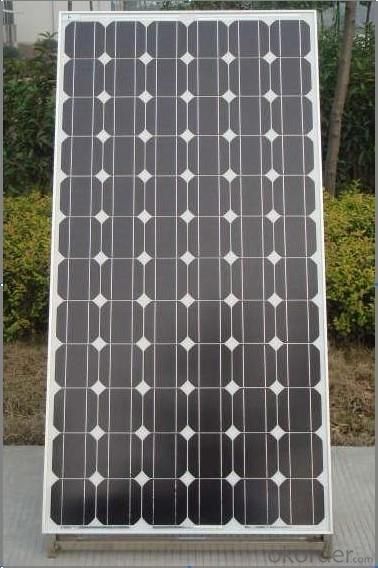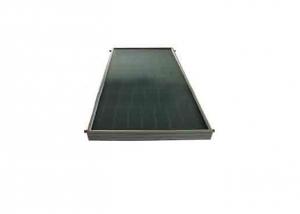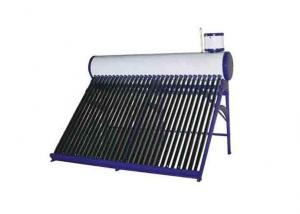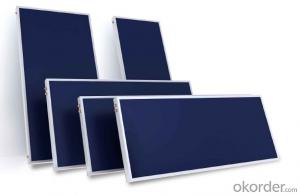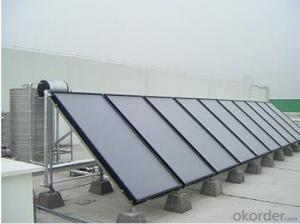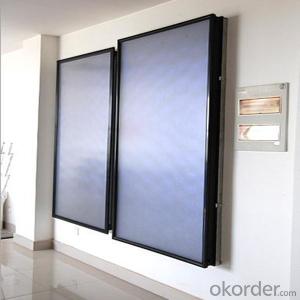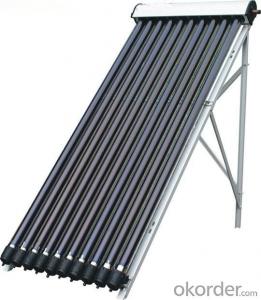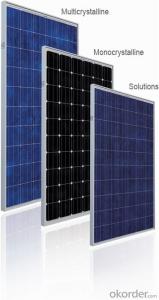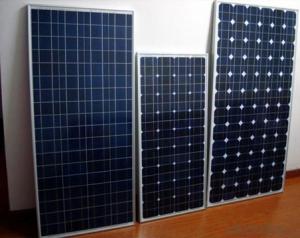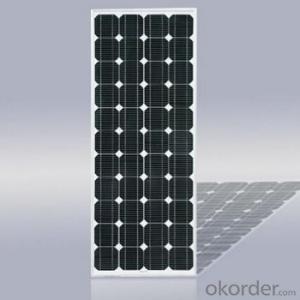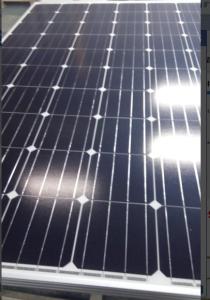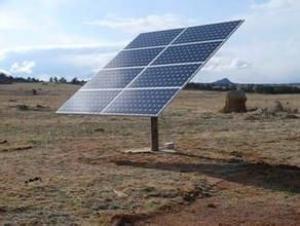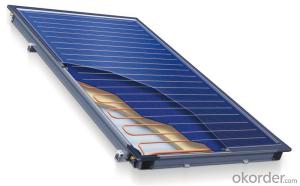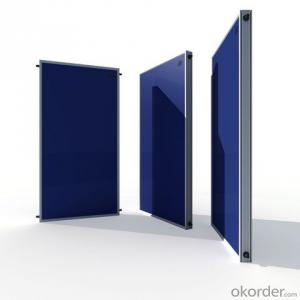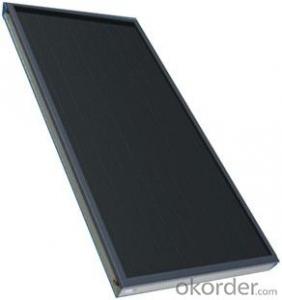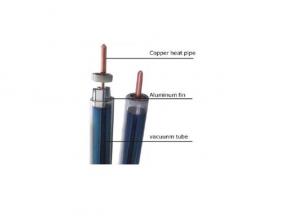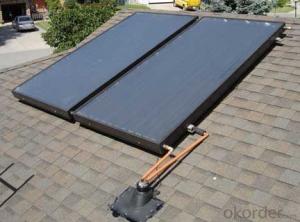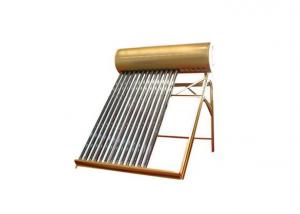Sunearth Solar Collectors - CNBM Brand Solar Monocrystalline Series Panel
- Loading Port:
- Tianjin
- Payment Terms:
- TT OR LC
- Min Order Qty:
- 1 pallet
- Supply Capability:
- 100000000 pallet/month
OKorder Service Pledge
OKorder Financial Service
You Might Also Like
Solar Monocrystalline Series Panels
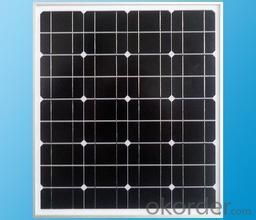
Product Description:
Introduction of Solar Monocrystalline Series Panels
CNBM Solar photovoltaic (PV) Panel is designed for large electrical power requirements. It is the optimal choice for both on-grid and off-grid power systems. CNBM Solar panel offers high performance of power per square foot of solar array. Monocrystalline silicon(c-Si): often made using the Czochralski process. Single-crystal wafer cells tend to be expensive, and because they are cut from cylindrical ingots, do not completely cover a square solar cell module without a substantial waste of refined silicon. Hence most c-Si panels have uncovered gaps at the four corners of the cells.
Characteristics of Solar Monocrystalline Series Panels
I Solar Cell : High efficiency crystalline solar cell. Even if under the weak light, the solar module can produce maximum power output.
II Tempered glass (toughened glass): Anti-reflecting coating and high transmission rate glass increase the power output and mechanical strength of solar module.
III EVA and TPT: Using high quality EVA and TPT to prevent destroying and water.
IV AI frame: Without screw, corner connection. 6 holes on the frame can be installed easily.
V Junction box: Multi function junction box with water proof.
VI Long lifetime: ≥25 years; Less power decrease
VII Good performance of preventing from atrocious weather such as wind and hails.
VIII Resisting moisture and etching effectively, not effected by geology.
Standard Test Conditions of Solar Monocrystalline Series Panels
The opto-electrical specifications shown below are stabilized values being measured at Standard Test Conditions, Irradiance: 1000W/m2, Spectrum: AM1.5 at 25°C, The info below is subject to manufacturing tolerances. Where appropriate minutes of measurement are available and are used for the dimensioning of the installation.
Advantages of Solar Monocrystalline Series Panels
• CNBM Solar performance guarantees for 25 years
• 12 years guarantee for workmanship
• Timeliness of delivery
CNBM International Corporation's products including Monocrystalline Solar Panel, Polycrystalline Solar Panel have received and enjoyed famous reputation in many countries and regions in the world .As a solar panel supplier in China, we strive to provide our customers with excellent service, superior products and unmatched value.
Characteristics of Solar Monocrystalline Series Panels
Max Power Voltage Vmp (V) | 18.4V | 17.6V |
Max Power Current Imp (A) | 6.52A | 7.39A |
Open Circuit Voltage Voc (V) | 23.0V | 22.2V |
Short Circuit Current Isc (A) | 6.97A | 7.90A |
Max Power Pm (W) | 120W | 130W |
Temperature Coefficient of Cells
NOCT | 47℃±2℃ |
Temperature Coefficients of Isc (%/℃) | 0.064 |
Temperature Coefficients of Voc (%/℃) | -0.33 |
Temperature Coefficients of Pmp (%/℃) | -0.45 |
Mechanical Data Solar Monocrystalline Series
Power | 120W/130W |
Dimension | 1190/1470×670×30mm |
Weight | 9.5kg/11.7kg |
Tolerance | ±3% |
The dimension of the modules can be changed according to the demand of clients
Limits
Operating Temperature | –40 °C to +85°C |
Storage Temperature | –40 °C to +85°C |
Max System Voltage | 700V |
Guarantee Solar Monocrystalline Series Panels
Products Guarantee | 10 yrs free from defects in materials and workmanship |
Performance Guarantee | No less than 90% within 10yrs and no less than 80% within 25yrs |
Certificates | IEC, ISO, TUV, CE |

FAQ
I..Will you focus on the safety of the goods during transportation?
Yes, Safety of the cargo is the primary element that we would consider on transportation.
II..How would guarantee the quality will meet the requirements of your clients?
Before shipment, we will have inspection for each batch of goods.
III..What certificates do you have?
IEC,UL,TUV,CSA,etc.
IV..Can you do OEM according to clients’ requirements?
Yes, we have our own brand while we can provide OEM service.
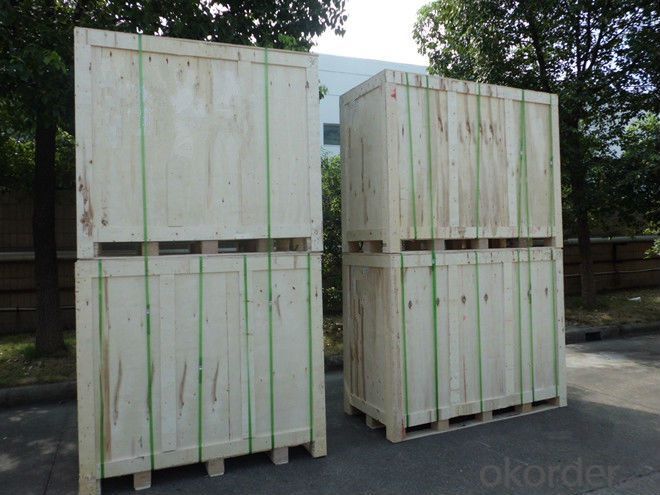
- Q: Can solar collectors be used for heating prisons?
- Yes, solar collectors can be used for heating prisons. Solar thermal systems can be installed on prison roofs or in nearby open areas to capture sunlight and convert it into heat energy. This heat can then be used for space heating in prison buildings, providing a sustainable and cost-effective solution.
- Q: What is the minimum required sunlight for a solar collector to operate?
- The minimum required sunlight for a solar collector to operate depends on the specific technology and design of the collector. However, most solar collectors typically require a minimum of about 4-5 hours of direct sunlight per day to generate a significant amount of usable energy.
- Q: How efficient are solar collectors?
- Solar collectors are highly efficient at converting sunlight into usable energy. The efficiency of solar collectors typically ranges from 15% to 20%, although some advanced systems can achieve efficiencies above 30%. These collectors are designed to capture as much sunlight as possible and convert it into electricity or heat, making them a sustainable and cost-effective option for renewable energy generation.
- Q: How do solar collectors affect property value?
- Solar collectors can have a positive impact on property value. Installing solar collectors on a property can increase its attractiveness to potential buyers, as it demonstrates the homeowner's commitment to sustainability and renewable energy. Solar collectors provide a source of clean and renewable energy, which can lead to reduced energy costs for the homeowner. This financial benefit can also be appealing to potential buyers, as it can result in long-term savings on utility bills. Additionally, solar collectors may also qualify for various government incentives and tax credits, which can further enhance the property's value. Overall, the presence of solar collectors on a property can enhance its desirability and marketability, potentially increasing its value.
- Q: Are there any restrictions or regulations for installing solar collectors in certain areas?
- Yes, there can be restrictions or regulations for installing solar collectors in certain areas. These restrictions can vary depending on the local government and regulations in place. Some common restrictions include zoning laws, building codes, and homeowner association rules. Zoning laws may dictate where solar collectors can be installed, such as setbacks from property lines or height restrictions. Building codes may require specific permits or inspections for solar collector installations to ensure they meet safety and structural requirements. Homeowner associations may have their own rules regarding the aesthetics or placement of solar collectors. Additionally, some areas may have specific regulations for historic districts or protected landscapes that could restrict the installation of solar collectors. It is important for individuals or businesses interested in installing solar collectors to research and understand the specific restrictions or regulations in their area before proceeding with installation.
- Q: Are solar collectors suitable for heating hotels and resorts?
- Yes, solar collectors are suitable for heating hotels and resorts. They are cost-effective and environmentally friendly, providing a reliable source of renewable energy. Solar collectors can efficiently heat water for swimming pools, provide hot water for guest rooms and other facilities, and contribute to overall energy savings for hotels and resorts.
- Q: Can solar collectors be used in areas with high levels of air pollution?
- Yes, solar collectors can still be used in areas with high levels of air pollution. While air pollution can reduce the efficiency of solar panels by blocking sunlight and reducing the amount of energy they can generate, solar technology can still function and produce a significant amount of electricity. Additionally, regular maintenance and cleaning of the solar panels can help mitigate the impact of air pollution on their performance.
- Q: Can solar collectors be used in climate change mitigation efforts?
- Yes, solar collectors can be used in climate change mitigation efforts. Solar collectors harness the sun's energy to generate electricity or heat, reducing the reliance on fossil fuels and thereby reducing greenhouse gas emissions. By utilizing renewable energy sources, such as solar power, we can decrease our carbon footprint and contribute to mitigating the adverse effects of climate change.
- Q: Can solar collectors be used in industrial applications?
- Yes, solar collectors can be used in industrial applications. They can be employed to generate heat or electricity for various industrial processes such as heating water, powering machinery, or providing energy for manufacturing facilities. Solar collectors offer a sustainable and renewable energy solution, reducing reliance on traditional fossil fuels and helping industries reduce their carbon footprint.
- Q: How are solar collectors different from solar panels?
- Solar collectors and solar panels are both components of solar energy systems, but they serve different purposes. Solar collectors are designed to absorb and convert sunlight into heat energy, primarily used for heating water or air. On the other hand, solar panels, also known as photovoltaic (PV) panels, are specifically designed to convert sunlight directly into electricity. While solar collectors primarily focus on capturing and utilizing heat, solar panels generate electricity that can be used to power various devices or even feed into the electrical grid.
Send your message to us
Sunearth Solar Collectors - CNBM Brand Solar Monocrystalline Series Panel
- Loading Port:
- Tianjin
- Payment Terms:
- TT OR LC
- Min Order Qty:
- 1 pallet
- Supply Capability:
- 100000000 pallet/month
OKorder Service Pledge
OKorder Financial Service
Similar products
Hot products
Hot Searches
